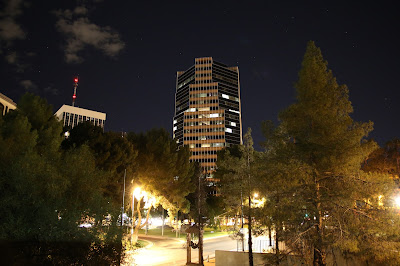These images show the sunspot groups that were visible on the face of the Sun during the partial phase of the 2017 August 21 total eclipse.
The first image was taken on August 20, 2017, the day before the total solar eclipse with my Canon 70D attached to my 8 inch EdgeHD telescope. The two sunspot groups include the group near center and another group coming around the east side of the Sun. The exposure was 1/1000 seconds at ISO 200, f/10.
This image was taken after the end of the total solar eclipse on August 21, 2017. It shows the two sunspot groups visible during the eclipse. The image was taken with my Canon 70D attached to my 8 inch EdgeHD telescope with an exposure of 1/1000 seconds at ISO 200, f/10.
This is a closeup of the central sunspot group cropped from the above image with a little sharpening and brightness stretching to enhance the appearance a little.
This is a closeup of the sunspot group on the eastern limb of the Sun, just a couple days from making its initial appearance on the eastern limb. I cropped this from the above image and applied a little sharpening and brightness stretching to enhance the appearance a little.
















